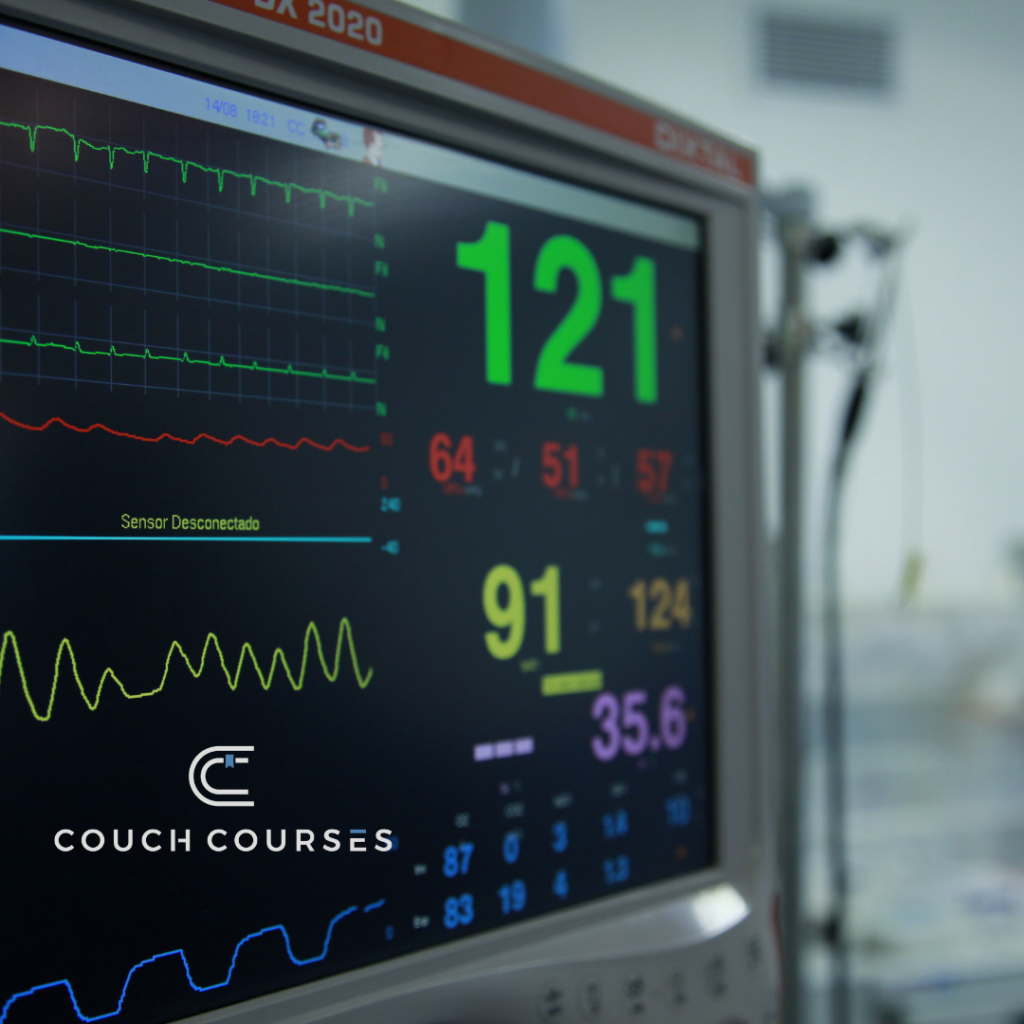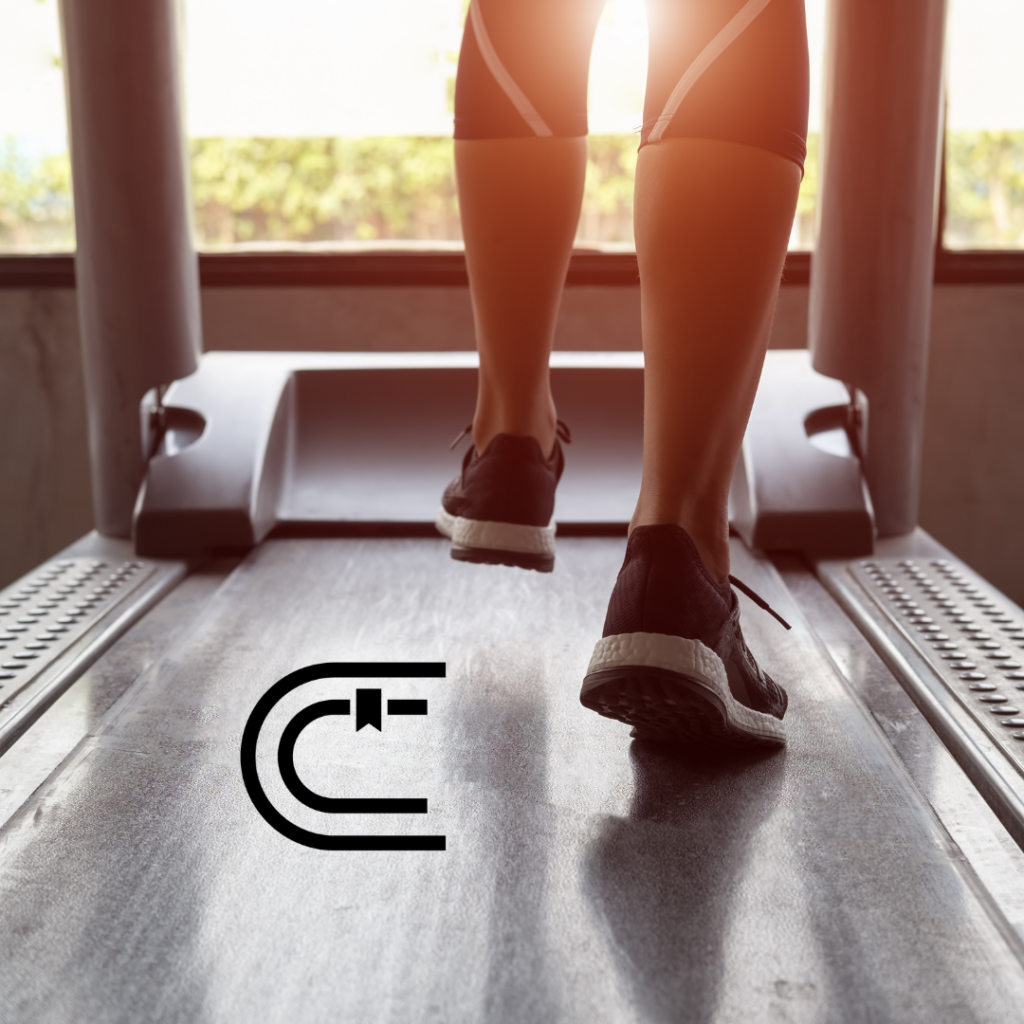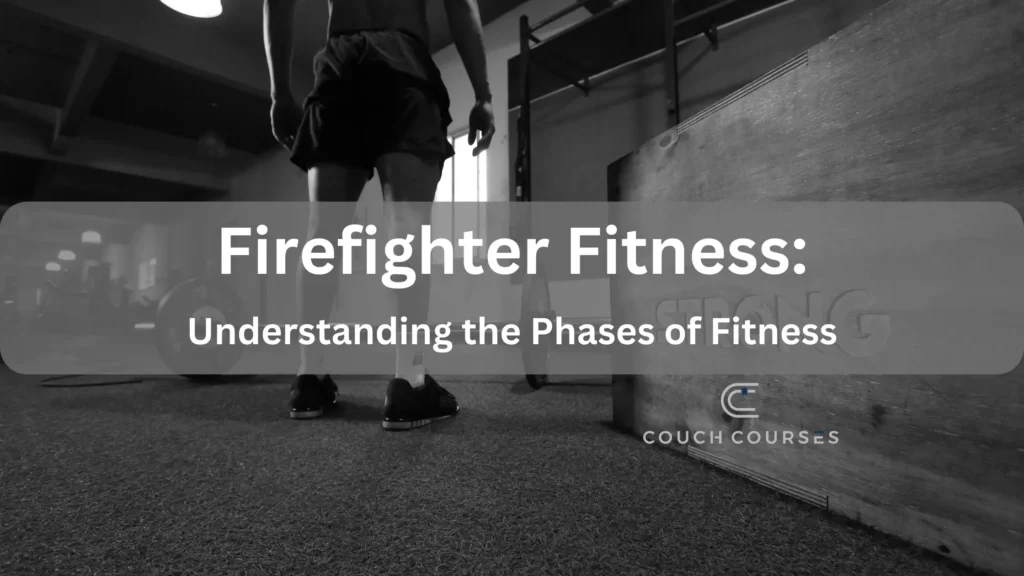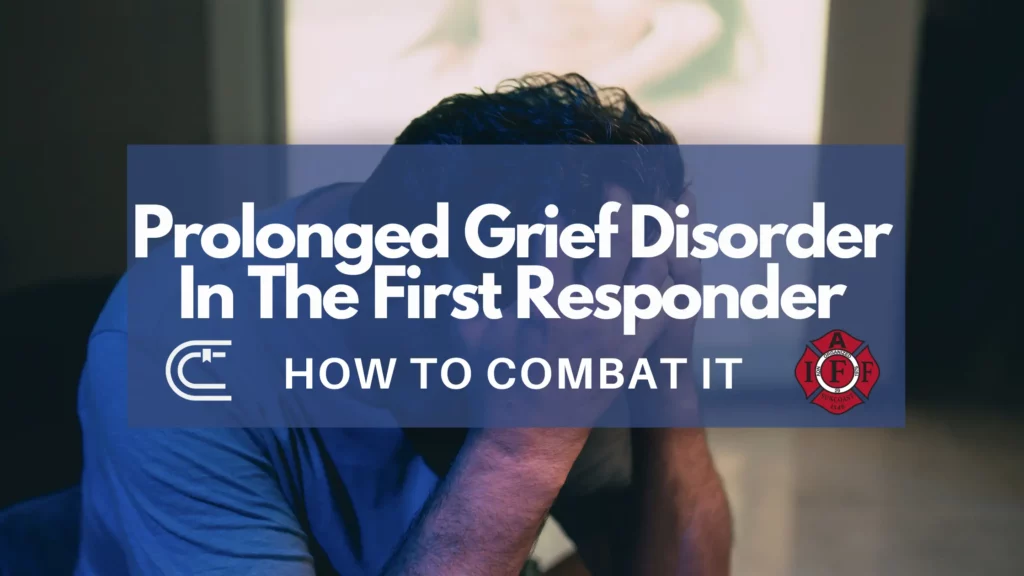Firefighter Fitness: Where to Begin?

Firefighter fitness requires a level of training that is unique to firefighting. How do firefighters get fit to do the job? Further, how do they stay fit? Where do you begin?
Testing and measuring are important to getting started.
So why is it so important to assess, test and measure? These aspects of fitness give us a starting point. We should see progression as well as regression and adjust course as needed. Our fitness should change day to day, week to week, and month to month.
Our fitness should be based off life and how our body is handling the demands life hands us. It should be challenged based on what our body and in this case our job is calling for and should be pushed based off what we may experience.
My story
I have knowledge and experience from almost 20 years of fitness training. In 2009 I was approached by a friend I was training with. He asked me to assess and create a plan to improve the conditioning level of his coworkers at the fire department. The main concern he had was that cardiac episodes, overexertion, and stress, were some of the biggest issues and causes of mortality among fire fighters.
Conducted research on necessary firefighter fitness
After talking to him, my team quickly began researching firefighter fitness as much as we could. We studied, we attended drill nights, and we interviewed numerous firefighters. We also hired a firefighter onto our staff.
Having a firefighter on staff helped us get a better understanding of what tasks firefighters had to perform and the physical demands that it required. We learned what common injuries and muscular imbalances were present, and how their conditioning and movement quality were while performing these duties.

Implementation of a firefighter fitness plan
Once all the information was gathered, we implemented a firefighter fitness plan that was delivered weekly. This was to help reduce these risks and improve the movement quality and task specific conditioning.
Over the next 5 years this program grew to 12 fire departments throughout the area. It has been a blessing to make an impact on the lives of those who protect our communities.
Biggest takeaway
We learned a lot from these experiences. Our takeaway was that most fire departments had limited or no structured strength and conditioning plan in place. The ones that did, did not understand how to safely progress their members and fire fighters to a level that they could handle the demands of this vitally important job.
The progression of fitness
As we understand more of what we are embarking on, the first thing to be taught is how to understand the safe progression of fitness. That consists of three components:
- Knowing how to pick your starting point.
- Determining your rep ranges.
- Knowing when to progress to the next level.
To gain understanding it is important to first test and measure.

Testing/measuring helps us identify areas of improvement
Testing and measuring help us identify areas we may need to improve, as well as showing what our strengths are. It helps us plan what phase of fitness we are in and how to progress. It helps us to reevaluate our goals, to see if we are meeting them, and to adjust course as necessary.
Lastly it provides motivation whether negative or positive, testing and measuring show us if we are improving or not. With this information a fire fighter can make the changes necessary to optimize their health and performance to excel and reduce health risks.
What should testing/measuring look like?
For fire fighters from a performance perspective, it should look like the tasks you have to perform. The CPAT is the standard for training and performance of firefighting tasks. So our training should help improve the skills required for this test.
On a personal level for health, it should be individually specific. Meaning knowing what a healthy body composition is for each individual firefighter (Body fat %, BMI, Lean Mass % etc…) and also for the personal achievement goals that they may have (sport, running tunnel to tower run, recreation etc…).

Testing/measuring should be consistent
Aim to produce the same testing environment every time you test and work to reduce variables. Create a similar environment for the CPAT. Use the same type of measuring and testing tools and wear the same clothing for body composition scans. Be consistent with measurement sites and the time of day you are testing.
These variables are very important as they can skew your data, This may make it harder to know if what you are doing is improving your health or making it worse. You also learn how to train better to optimize results.
How do we test/measure?

As we said earlier testing and measuring can fall into three categories:
- Health (readiness for exercise)
- Blood work panels
- Medical stress tests
- Medical screenings
- Vitals
- Body Composition
- Body fat percentage
- Lean mass percentage
- Weight loss
- Circumference measurements
- How clothing fits
- Performance
- CPAT
- Weightlifting
- Cardiovascular tests (VO2 Max)
What can you do now to get started?
Here are some steps you can apply today to improve your strength and conditioning routine.
Pick an area that you will measure and test. It can be in any category: health, body composition, or performance. I encourage you to have a measuring approach that has personal meaning to you and find a way to test yourself. This will be your starting point.
Create realistic goals to achieve in any or all of the categoires.
Initiate better eating habits, weight training, cardiovascular training, stress-reducing techniques, yoga, or any other appropriate training to help you achieve your goals.
I recommend testing at least once a month to be consistent and capture the results as they occur.

Conclusion
There is a good amount to think about when implementing strength and conditioning into firefighting. It takes some thought and meaningful effort to make changes. Understanding and applying some of these testing and measurement strategies make it more motivational and much more worth it.
As firefighters see the progress they are making testing and measuring as time goes on, it helps them stay engaged in their health and fitness.
Remember, it is never too early or late to get started on your firefighter fitness journey. Just get started!





